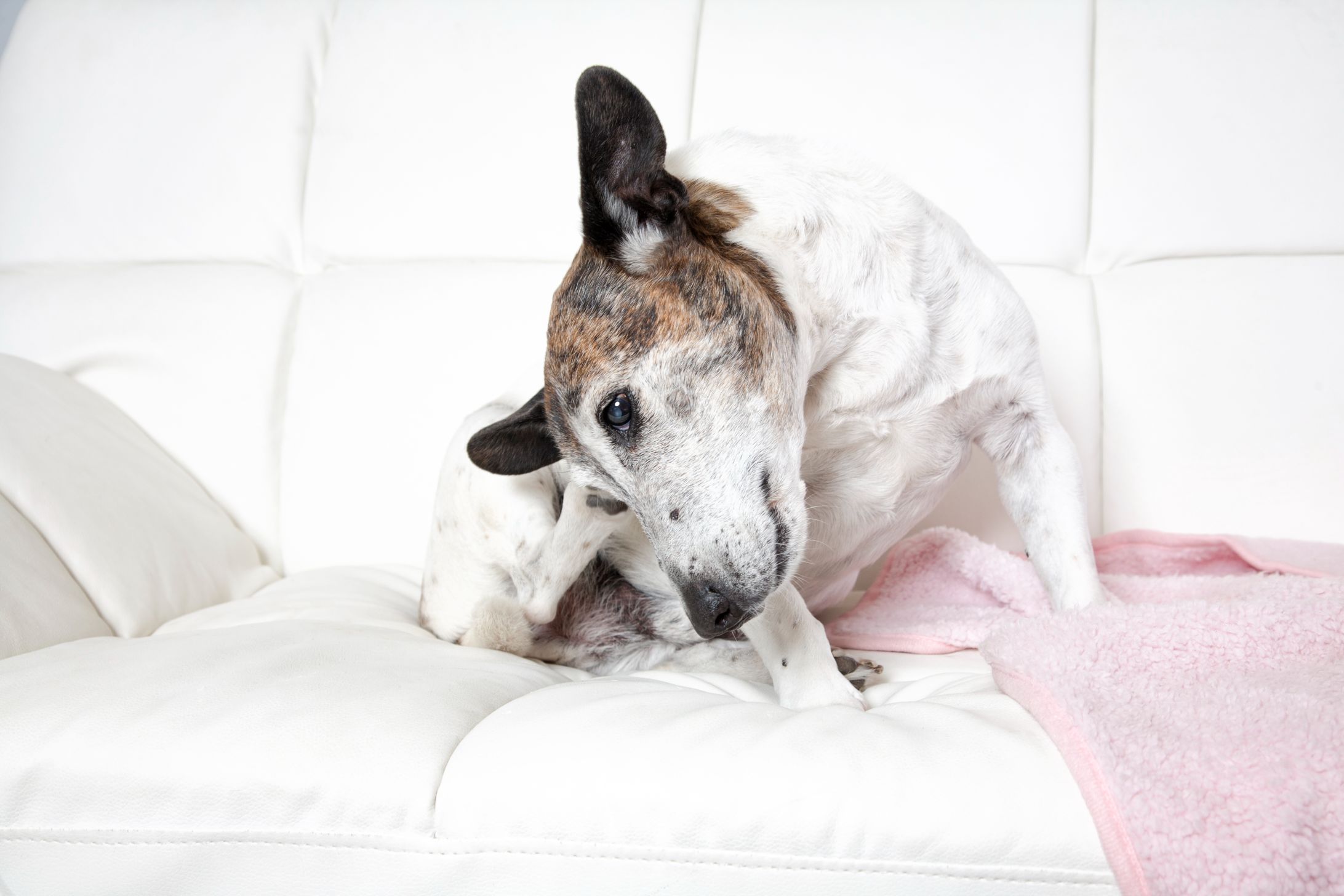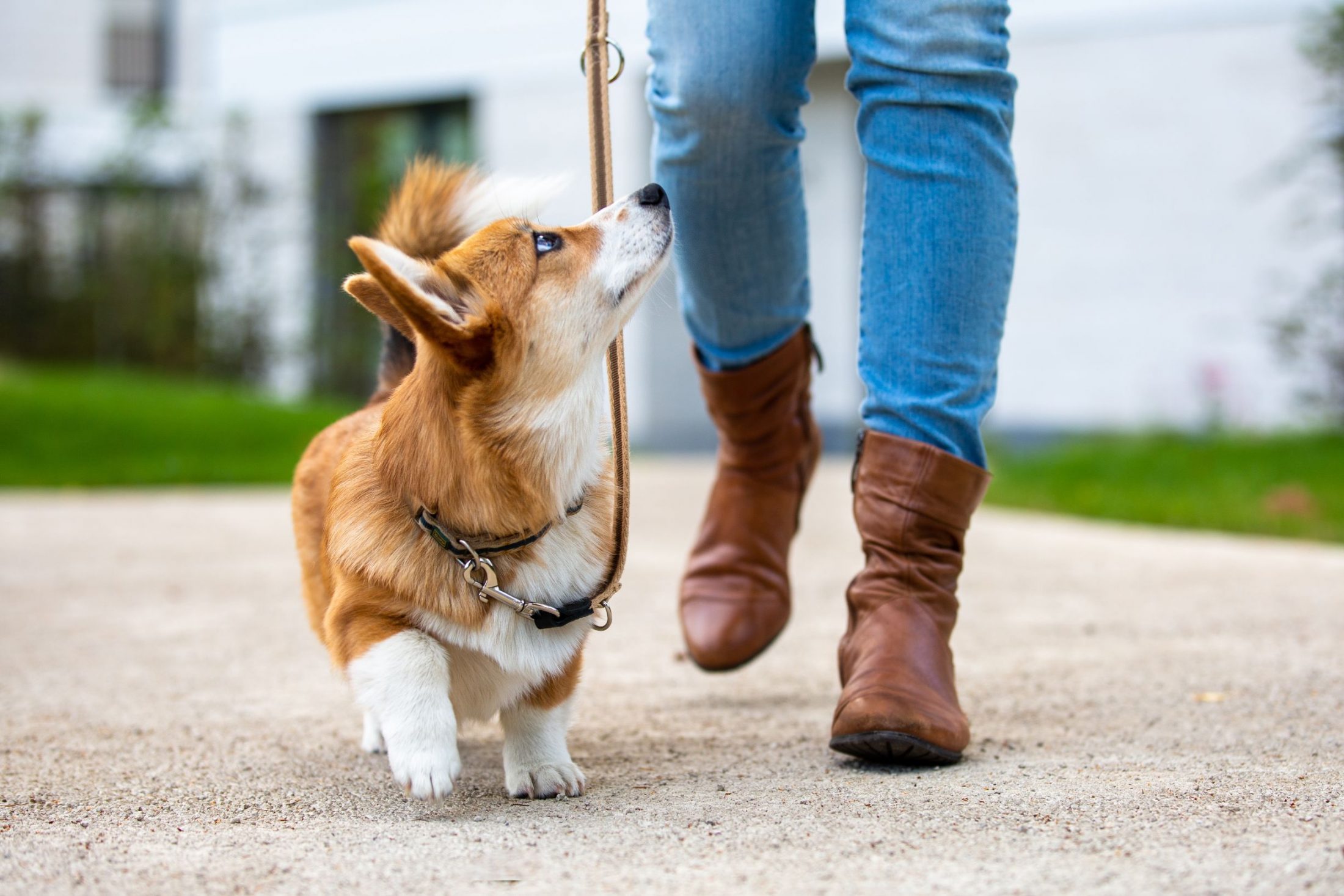 Living between two massive lakes has obvious benefits, but the long range winter forecast can cast a long, looming shadow. Indeed, our geography lends itself to negative temperatures, short grey days, and chilling precipitation. Many of us have learned tough lessons about seasonal dangers and now heed warnings or acquire the right gear. However, we often forget to extend our prep work to the animals in our community. In response, we offer the following winter pet safety tips for you and your pet.
Living between two massive lakes has obvious benefits, but the long range winter forecast can cast a long, looming shadow. Indeed, our geography lends itself to negative temperatures, short grey days, and chilling precipitation. Many of us have learned tough lessons about seasonal dangers and now heed warnings or acquire the right gear. However, we often forget to extend our prep work to the animals in our community. In response, we offer the following winter pet safety tips for you and your pet.
Safe and Comfy
When the sun goes down and the temperatures fall, the best place for your pet to be is inside. Indoor-outdoor cats should remain at home, and pets in cages or glass enclosures are safer when placed away from drafty doors or windows.
Many dog breeds enjoy the cold and snow, but it’s up to you to know your pet’s tolerance and set limits. For example, a Husky will obviously stand up to cold better than, say, a Chihuahua or a Greyhound, but a thicker coat doesn’t mean a dog is impervious to winter’s risks.
For dogs who thrive in wintery conditions, always provide insulating shelter and fresh, unfrozen water. Remember, if it falls below freezing, bring your pet indoors.
Protect and Prevent
Animals who are very young, very old, arthritic, or recovering from an illness or injury should remain inside as much as possible. Of course, many dogs depend on at least one daily walk, making the following tips even more important:
- To minimize the risk of hypothermia and frostbite, dress your dog properly. Insulated jackets, vests, and sweaters can keep your dog warm and dry, provided he or she tolerates the added layers.
- When paw pads are exposed to the elements and rock salts or deicers, cracking and bleeding is common. Plus, slipping on snow or ice pack can be dangerous. Either wash and dry your pet’s feet directly afterwards or invest in a set of pet booties. These can mitigate painful winter injuries and keep your dog toasty when outside.
- Shorter days can decrease visibility after dusk. Reflective tape on leashes, collars, or clothing can help drivers see you and your pet. Also carry your cell phone and a flashlight with you in case you need help.
Other Winter Pet Safety Considerations
Winterizing almost always includes adding a bit of antifreeze to your vehicle. Comprised of ethylene glycol, antifreeze is poisonous to pets who find the sweet smell and taste irresistible. Prevent kidney damage or death by:
- Supervising your pet when outside
- Cleaning up any drips or spills immediately
- Securing any leftover bottles of antifreeze in closed cabinets
- Investing in pet-friendly antifreeze
- Watching your pet very carefully, and seeking emergency care immediately if you suspect he or she has ingested antifreeze.
It’s Not All Bad
Winter pet safety doesn’t have to mean worrying endlessly until spring arrives. Enjoy this time with your pet by playing hide-and-seek, tug-of-war, or find-the-hidden-toy/treat. Keeping up mental and physical stimulation will keep your pet happy and healthy.
If we can assist you during the next few months or if you have additional questions about winter pet safety, we hope you’ll let us know. Until then, stay warm, safe, and happy!



